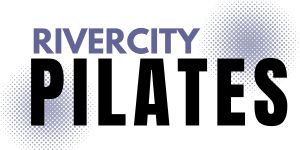Spine Twist is one of those Pilates exercises that took me years to really “get”. I have to say though now that I get it…I really get it! It is a ton of work and also one of my favorite exercises as I love how I can really feel my oblique muscles engage and work to create my Twist! Here some tips to help you find the work and benefits of this exercise:
- Sit upright on your pelvis. If you have tightness in your back and backs of legs this may mean that you have to bend your knee some or even better sit on something that raise your hips slightly above your heels ( a Yoga brick or a foam roller can work great). After you find the feeling of sitting right on top of your sitting bones as tall and lengthened as you can stretch your arms out into a T shape.
- Take a big, expansive chest expanding inhale before you move and then use your exhale to twist your rib cage to one side. Try what I call a triple exhale which Joe describes in Return to Life as: “Twisting the body and turning the head to the side as far as possible, then with two further supreme mental and physical efforts, strive to better your original first attempt”. ( I love his words, “With two further supreme mental and physical efforts!!!”)
- Very much like our Pilates Saw exercise this exercise demands that your lower half of your body works to anchor your hips in place so that you can create an effective twist that comes from those core muscles. When you twist you shouldn’t shift or even move in your hips or legs.
- Joseph Pilates suggests 3 repetitions on each side in Return to Life.
